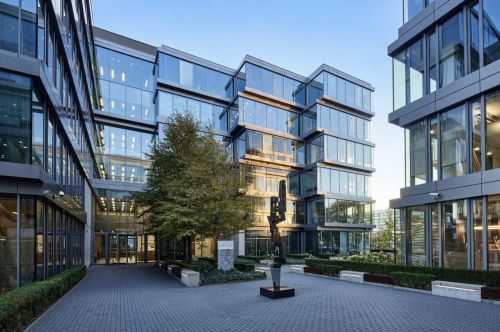No major upheavals took place on The 2008 office market; but trying to make forecasts for 2009 has left the experts scratching their heads Emil Górecki If measured in terms of the volume of office development, 2008 was easily the slowest of the last ten years. The global financial crisis reached its peak and investing activity died down, especially in the most difficult months of September and October. This was when stock markets collapsed across most of the world and interbank lending fell to an all-time low. Most investment transactions came to a halt, while developers put new planned projects on hold and focused on those already under construction. Such was the market when 2008 shuddered to a close.Problems act as market pacemakersThe prospects for 2009 are far from bright. John Banka, a partner of Colliers International investment advisory group, puts it this way: “You cannot forecast with any accuracy what the&nb






























































